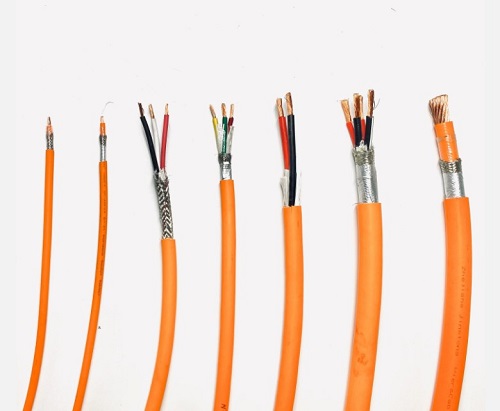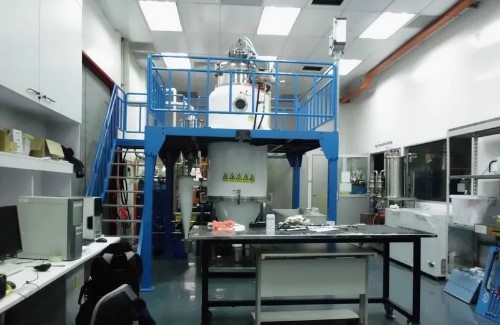Graphene Leading the Charge in Faster Electronics
Graphene was realized as a significant development in electrical conductivity over a decade ago, but applications were limited due to the costs of applying the single atom, two-dimensional element to existing silicon structures. Now, developments in cost-effective applications have caused a worldwide revalidation to the properties of graphene, especially in the application to super fast processors. With manufacturing stigmas disregarded as antiquated, graphene is seeing a resurgence in application to not only silicon, but any host of imaginable platforms.
Allowing Greater Disregard on Circuit Board Real Estate
Placement on a circuit board is all inclusive when designing faster processors and compacting efficiency for electronic items. Previous sizes seemed capped due to the materials used, which needed a larger volume in order to reduce and resist wear and tear. Graphene’s revolutionary properties allow for greater applications, as the element has fewer restrictions on placement and quantity. The material is highly conductive, losing less electrical energy in the transfer of comparable resources currently in use.
Graphene’s resistance in the past was based primarily on its manufactured application, where sheets of it were layered onto silicon boards. This process was not only time consuming, but allowed for a high level of defects to become apparent making the material somewhat non-efficient in its uses. The new process allows for graphene to be painted onto surfaces in small amounts then allowing a period of guided growth. As a crystal, graphene reproduces in a highly structured grid, and this not only assists with a reduction in flaws, but also in the natural conductivity of the product. Its intrinsic properties are enhanced with this natural process, and allow a greater adherence to the silicon surface, or actually any surface it’s allowed to replicate on.
Practical Application
Graphene is extremely malleable, without losing its structural integrity. As a bi-layering element, its crystalline structure overlaps and adheres significantly without variation, allowing for a greater efficiency when conducting electrical charges. With added component of its high resistance to heat stress and reduction, graphene is expected to revolutionize not only the manufacturing of computer chips, but also enhance the growing market for solar panels in energy conservation. Renewable resources rely on technologies that reduce costs, and graphene’s unique properties will allow the construction of more durable and more cost efficient paneling. The future is now, and it’s simply a matter of applying the technology to existing platforms.









